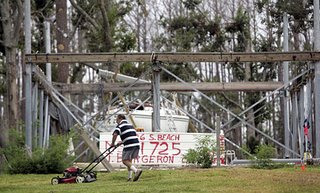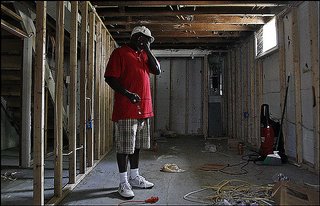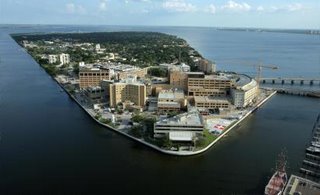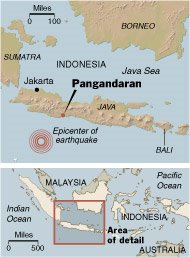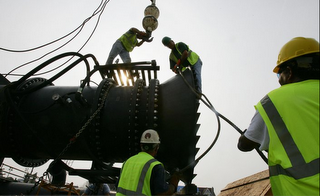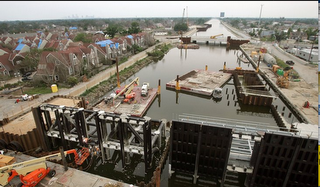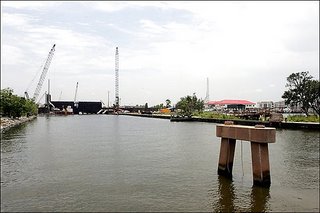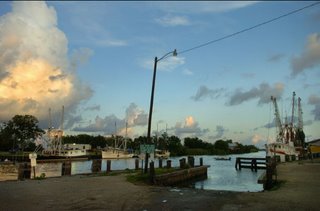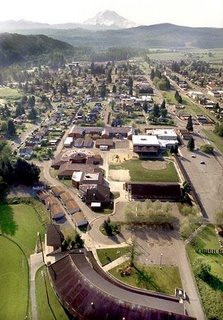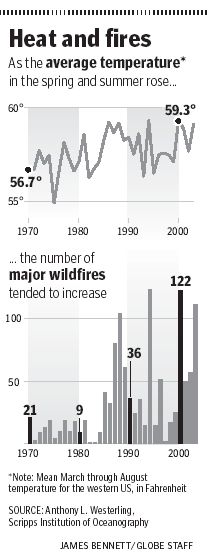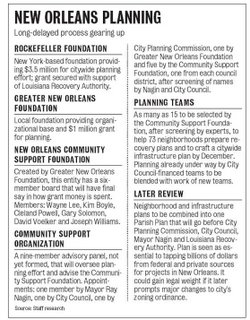U.N. panel: U.S. must protect blacks, poor in disasters
The United States must better protect poor people and African-Americans in natural disasters to avoid problems like those after Hurricane Katrina, a U.N. human rights panel said Friday.
The U.N. Human Rights Committee said poor and black Americans were "disadvantaged" after Katrina, and the United States should work harder to ensure that their rights "are fully taken into consideration in the reconstruction plans with regard to access to housing, education and health care."
The United States said federal and Louisiana state authorities were examining many of the issues raised by the committee.
from CNN

